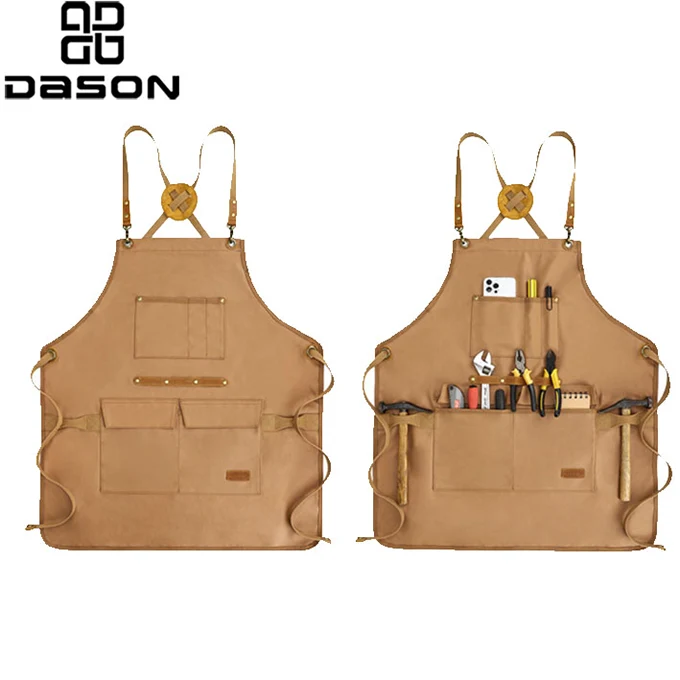
- English
- Español
- Português
- русский
- Français
- 日本語
- Deutsch
- tiếng Việt
- Italiano
- Nederlands
- ภาษาไทย
- Polski
- 한국어
- Svenska
- magyar
- Malay
- বাংলা ভাষার
- Dansk
- Suomi
- हिन्दी
- Pilipino
- Türkçe
- Gaeilge
- العربية
- Indonesia
- Norsk
- تمل
- český
- ελληνικά
- український
- Javanese
- فارسی
- தமிழ்
- తెలుగు
- नेपाली
- Burmese
- български
- ລາວ
- Latine
- Қазақша
- Euskal
- Azərbaycan
- Slovenský jazyk
- Македонски
- Lietuvos
- Eesti Keel
- Română
- Slovenski
- मराठी
- Srpski језик
What kind of protective layer is needed inside a tool bag that regularly stores sharp tools to prevent them from getting scratched?
2025-10-16
Those who frequently use tool bags to store sharp tools know that sharp, edged tools like utility knives, drills, and needle-nose pliers can easily get scratched if left inside for extended periods. Either holes get punctured in the inner fabric, or the tools pierce through the bag, making the tools easily fall out and the bag unusable. Many people ask, what kind of protective layer can best protect the interior of a tool bag from these sharp tools and prevent them from getting scratched?

Oxford Cloth Protective Layer
If you typically store "mildly sharp" tools like needle-nose pliers and small screwdrivers, a thickened Oxford cloth protective layer inside the tool bag is sufficient. Oxford cloth itself is quite abrasion-resistant, and thicker versions offer sufficient puncture resistance, protecting the sharp corners of tools from being easily punctured. Typically, you sew a separate piece of Oxford cloth inside the compartments of a tool bag, or use Oxford cloth to line the compartments. You don't need to add Oxford cloth to the entire bag; focus on areas where you frequently store sharp tools. For example, lining the screwdriver compartment with Oxford cloth and using regular fabric for other areas can save costs and keep the bag from becoming too heavy. However, be aware that Oxford cloth isn't suitable for sharp tools like utility knives and drills, especially knives with exposed blades. Over time, these tools can pierce the Oxford cloth, so a stronger layer is recommended.
PVC-coated cloth protective layer
If you're storing moderately sharp tools, such as drills and compasses, or if your tools are prone to occasional oil and water stains, adding a PVC-coated cloth protective layer to the tool bag's interior is ideal. PVC-coated cloth is a fabric coated with a layer of PVC. It's not only more puncture-resistant than Oxford cloth but also water- and oil-resistant. Even if oil gets on a tool, it can be easily wiped clean without seeping into the bag's interior. This protective layer is typically placed on the bottom and sides of the tool bag's main compartment, as these are the areas most susceptible to tool punctures. For example, a tool bag for drill bits uses PVC-coated fabric on the bottom of the main compartment. Even if a drill bit is placed point-down, it won't puncture the bottom. Furthermore, even if the drill bit gets stained with metal filings, wiping it with a cloth after emptying it will leave no residue on the protective layer.

Nylon Mesh Cloth with Thick Padding
If your tool bag has multiple compartments and contains sharp tools of varying sizes, such as a small drill and needle-nose pliers, you can add a combination of nylon mesh and thick padding to the compartments. Nylon mesh is inherently flexible and not as rigid as PVC. The mesh structure helps hold the tools in place, preventing them from wiggling. Adding a thick padding inside can cushion the impact of sharp corners and prevent them from piercing the fabric. However, be careful not to choose padding that's too thick, as this will cause the compartments to bulge and become unusable for holding too many tools. A thickness of 3-5mm is sufficient.
Metal Mesh Protective Layer
If you're storing particularly sharp tools like utility knives, chisels, and long drill bits for extended periods, a regular cloth protective layer may not be enough. A metal mesh protective layer is necessary. Metal mesh is typically made of fine wire mesh or aluminum alloy. It offers the highest puncture resistance, resisting even the blade of a utility knife. It's ideal for situations requiring high protection. Typically, a layer of metal mesh is sewn into a specific area of the tool bag, then covered with Oxford cloth to prevent the mesh from scratching tools or hands.



